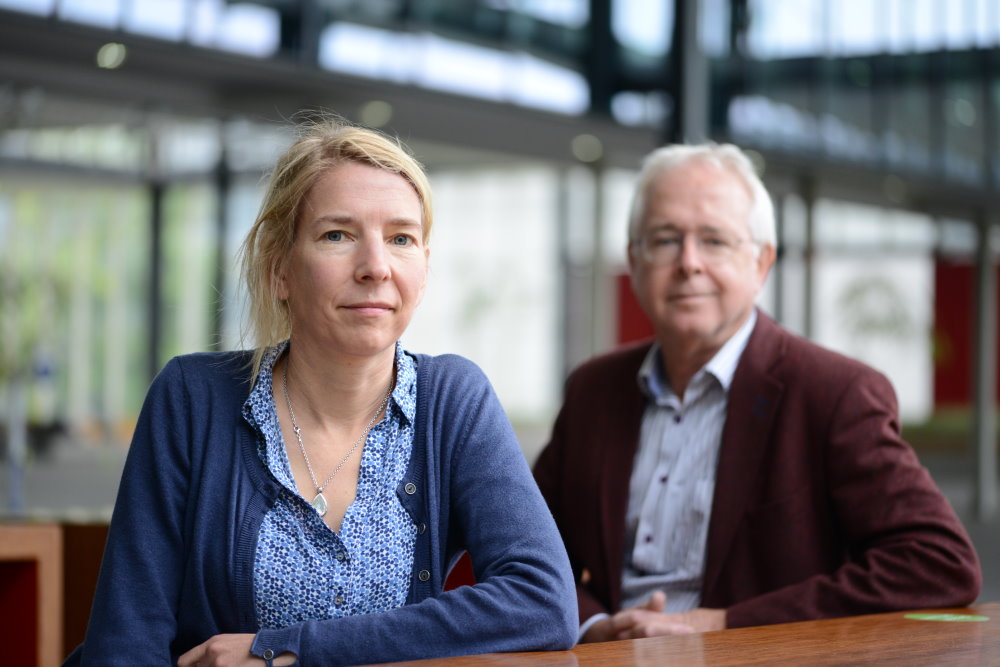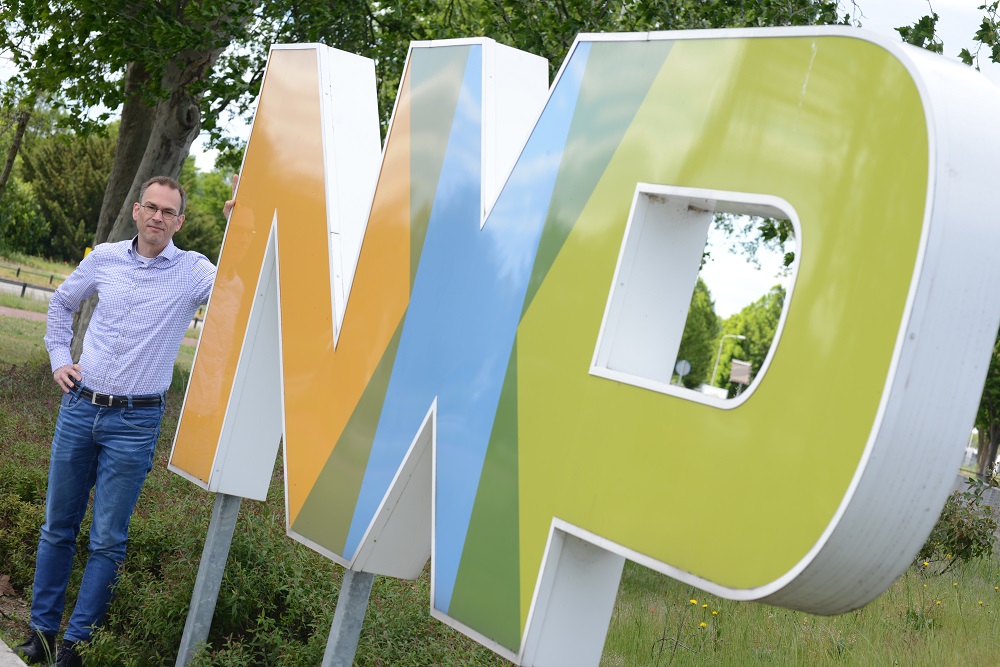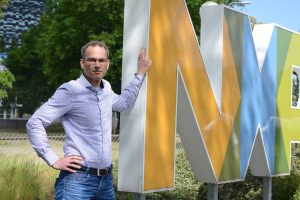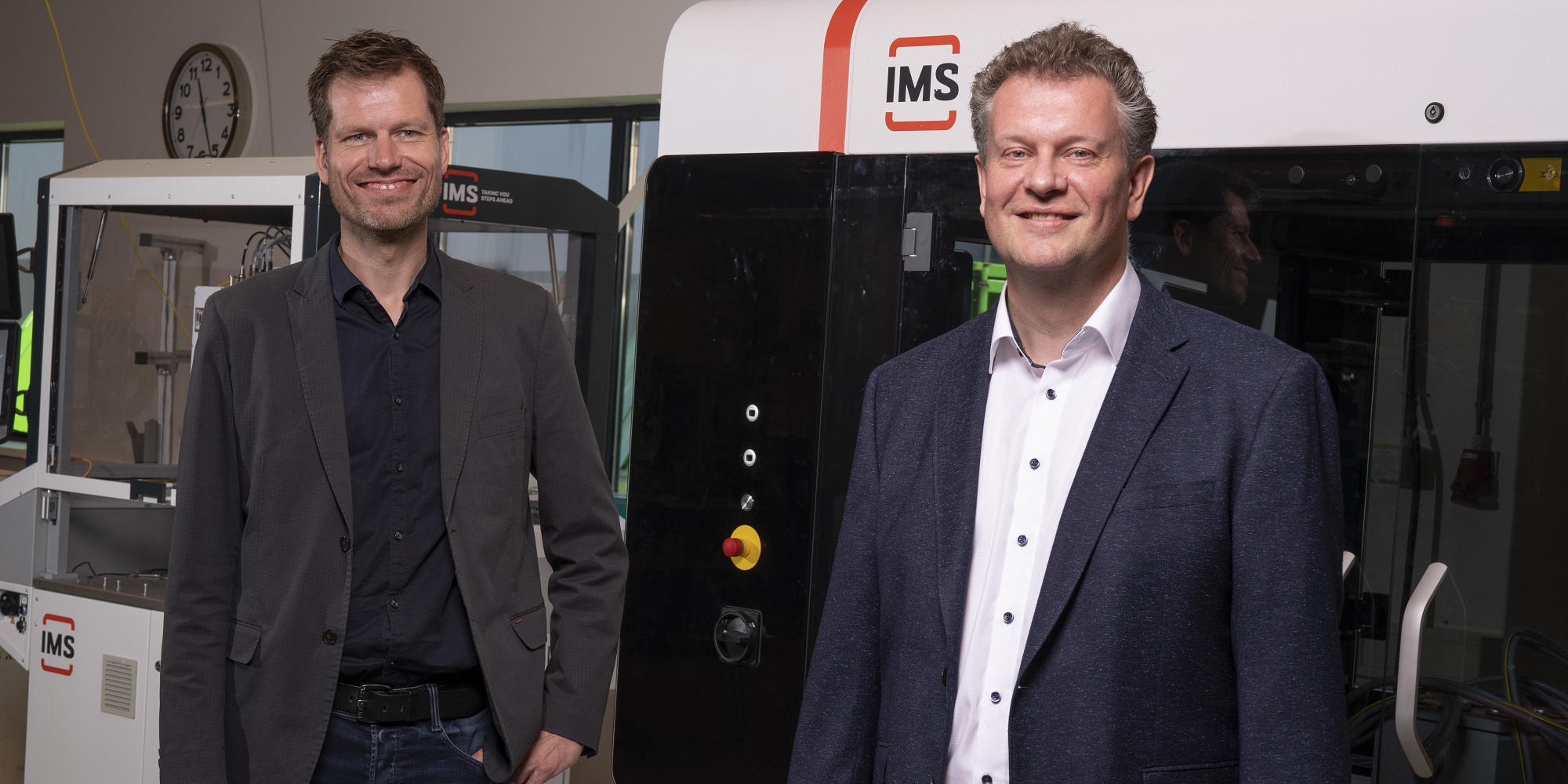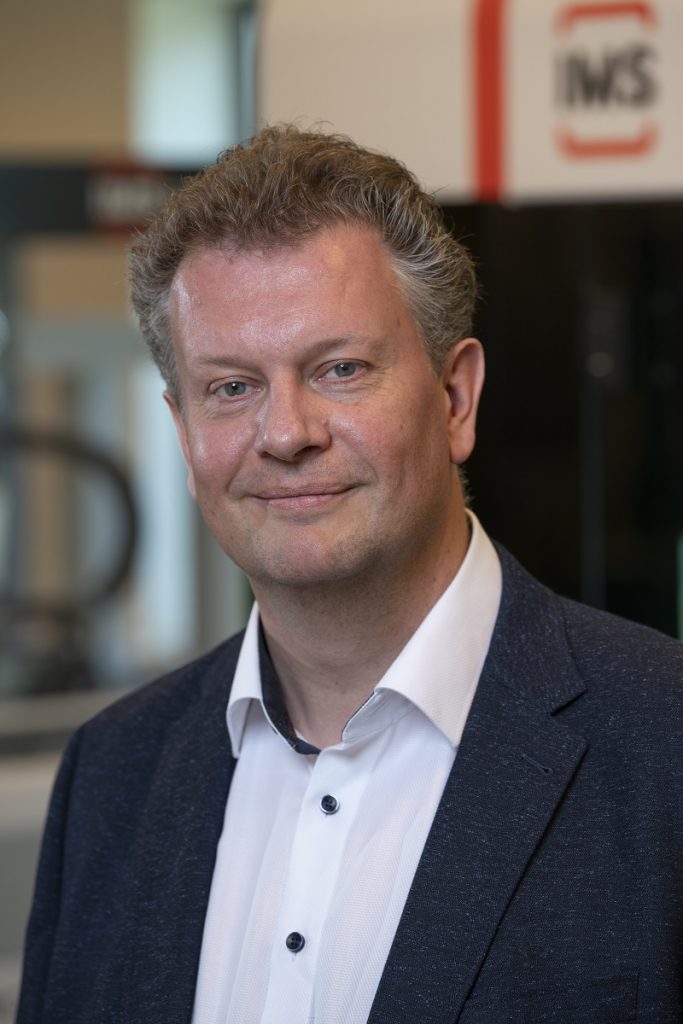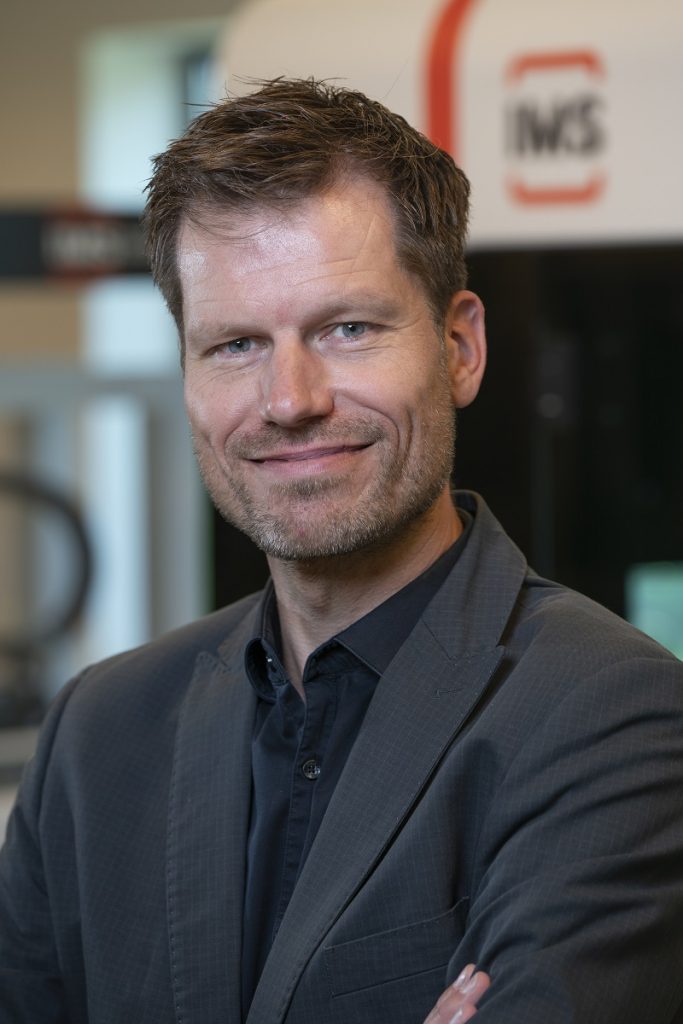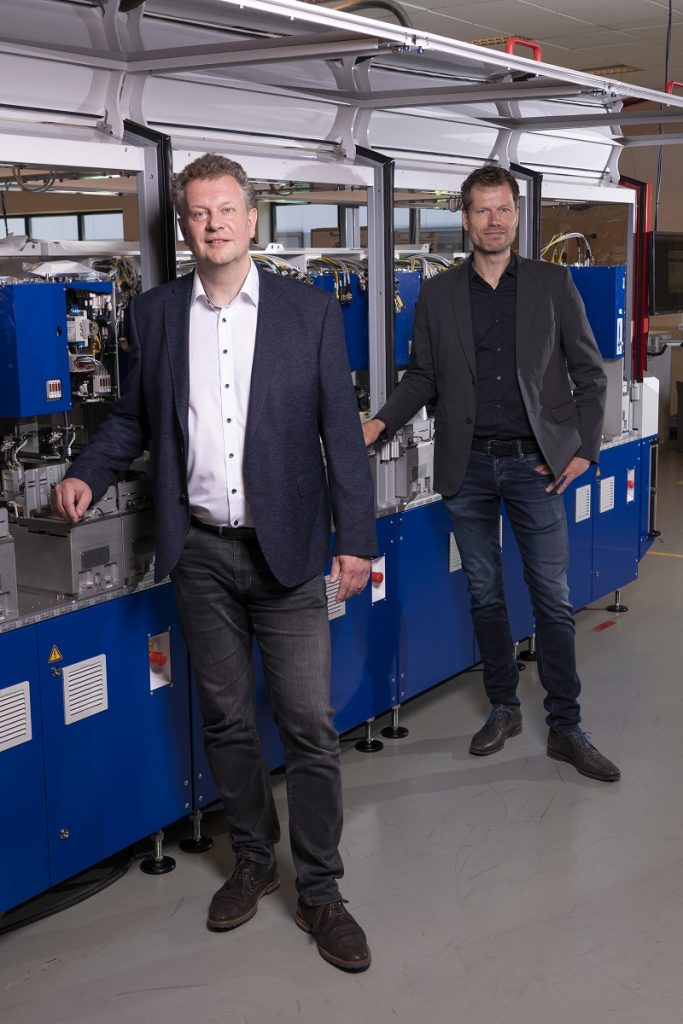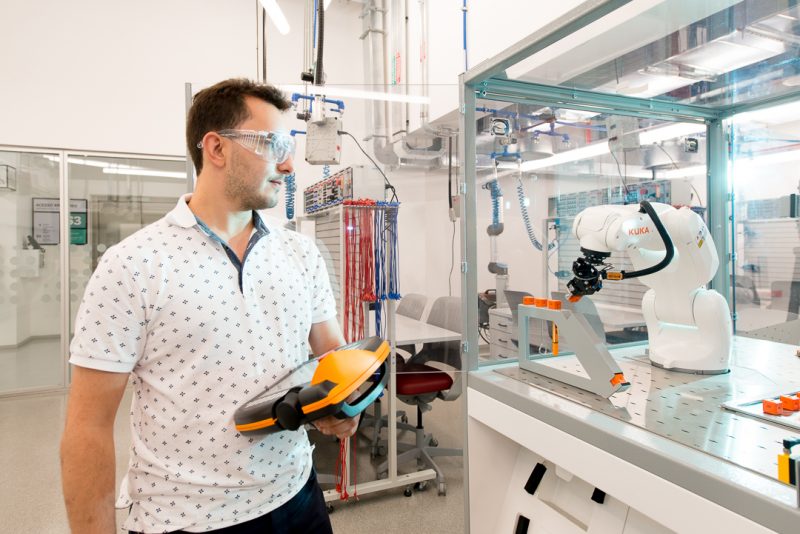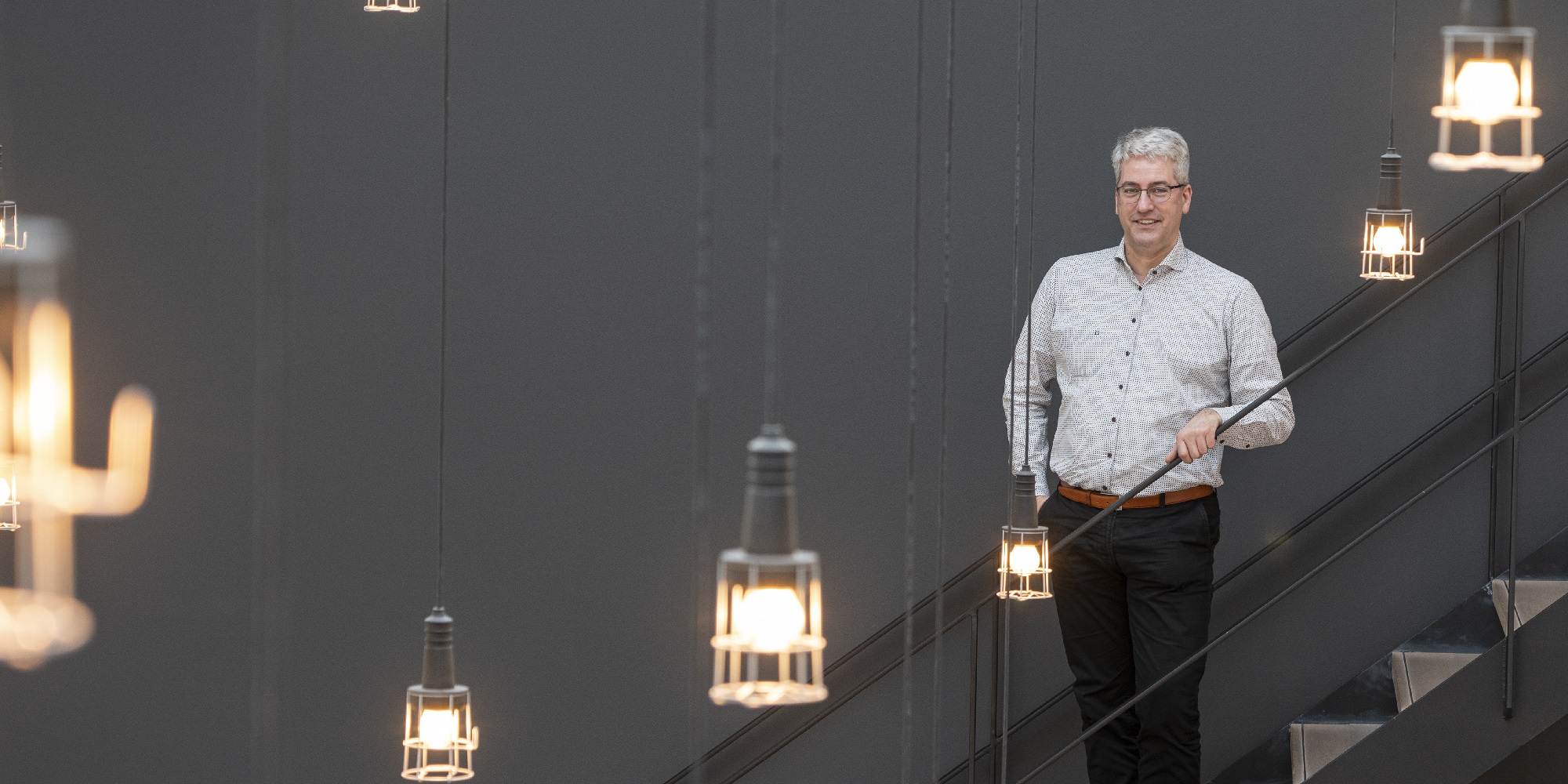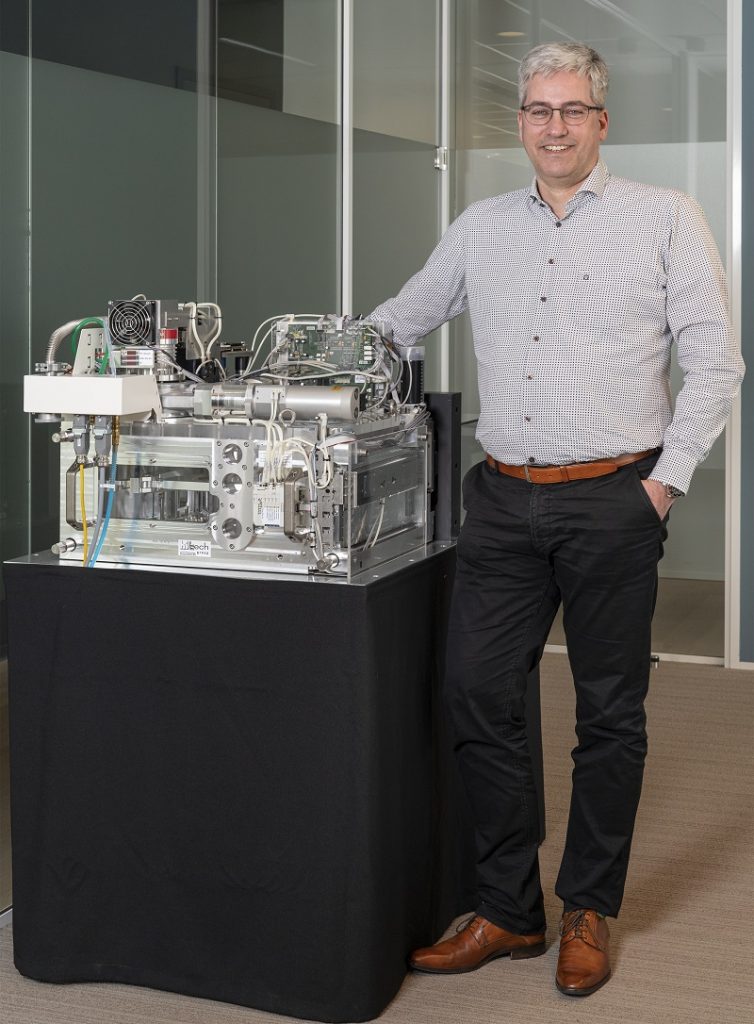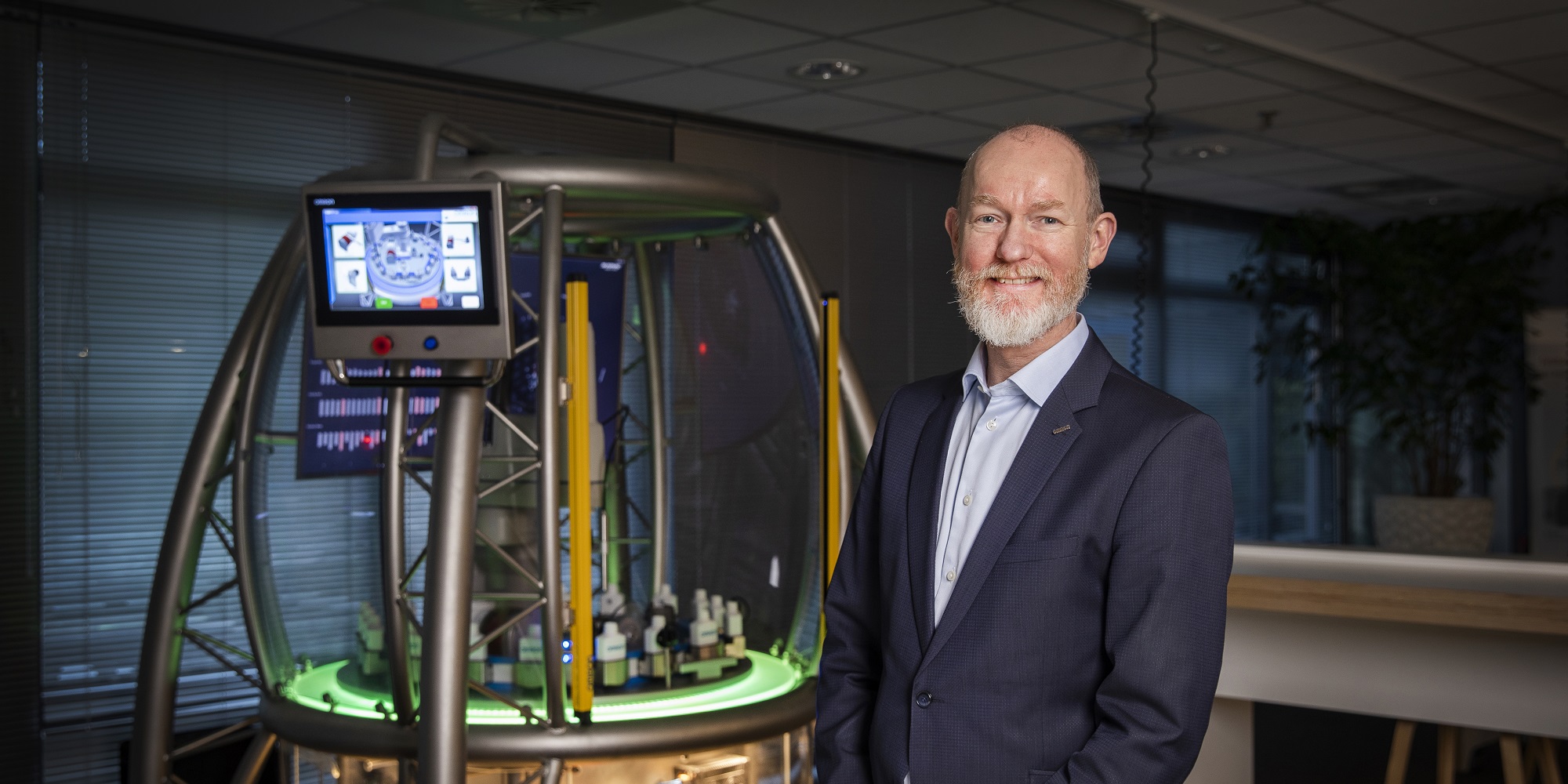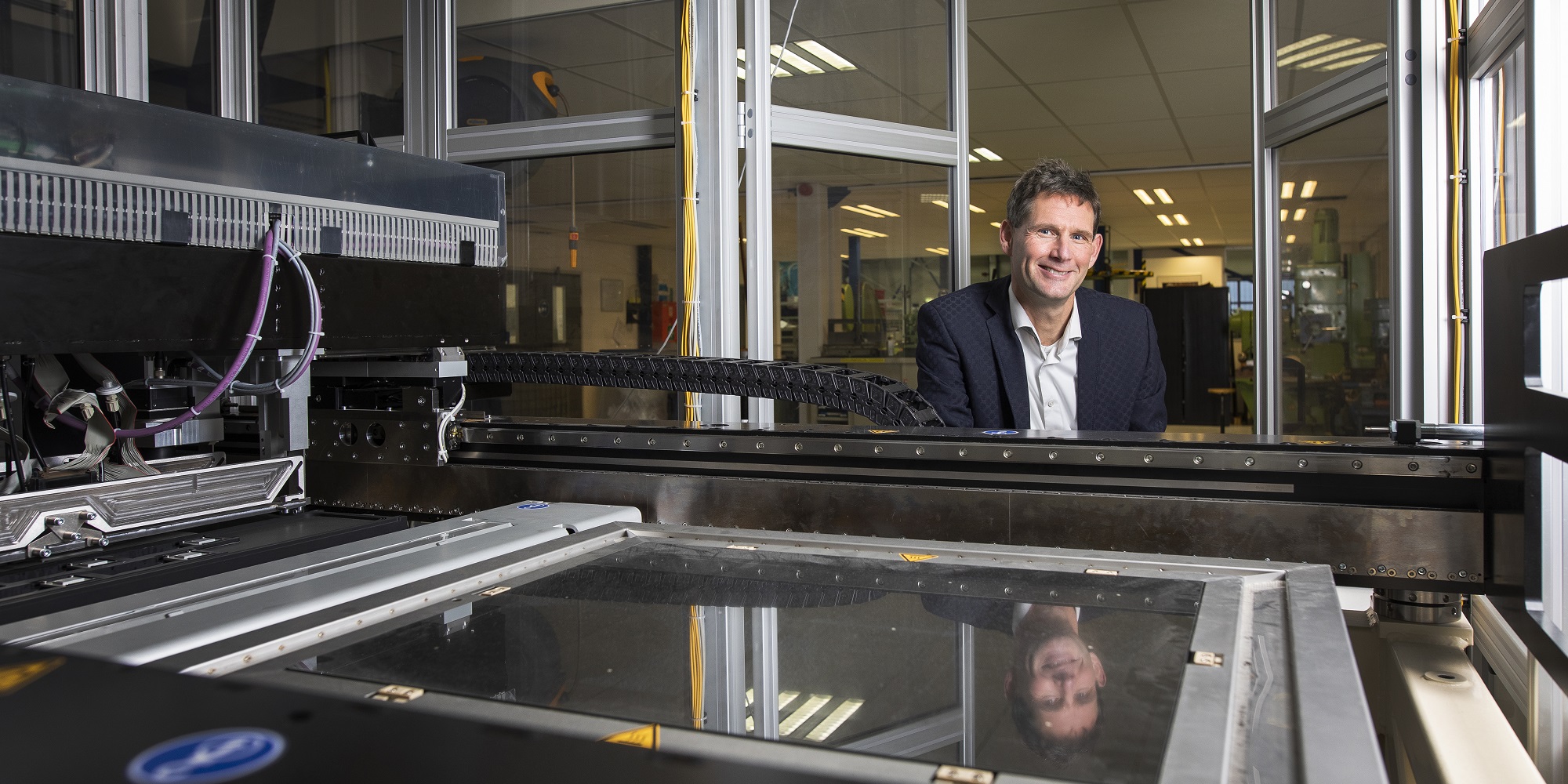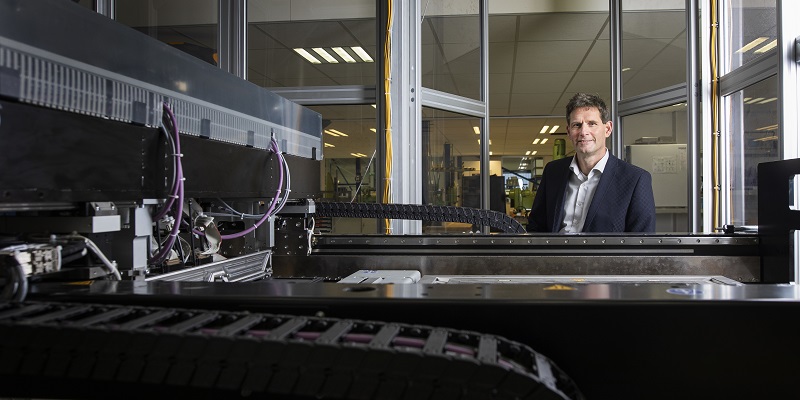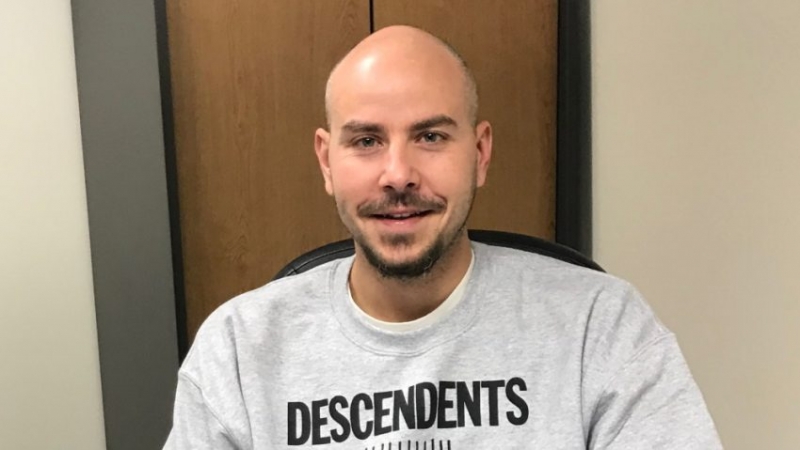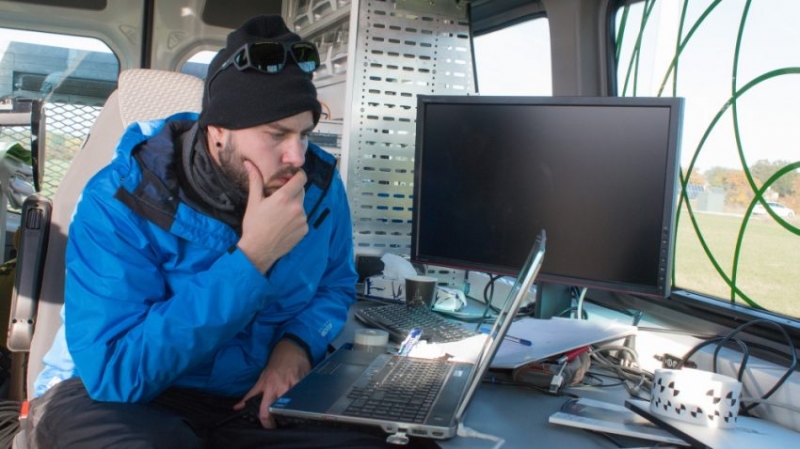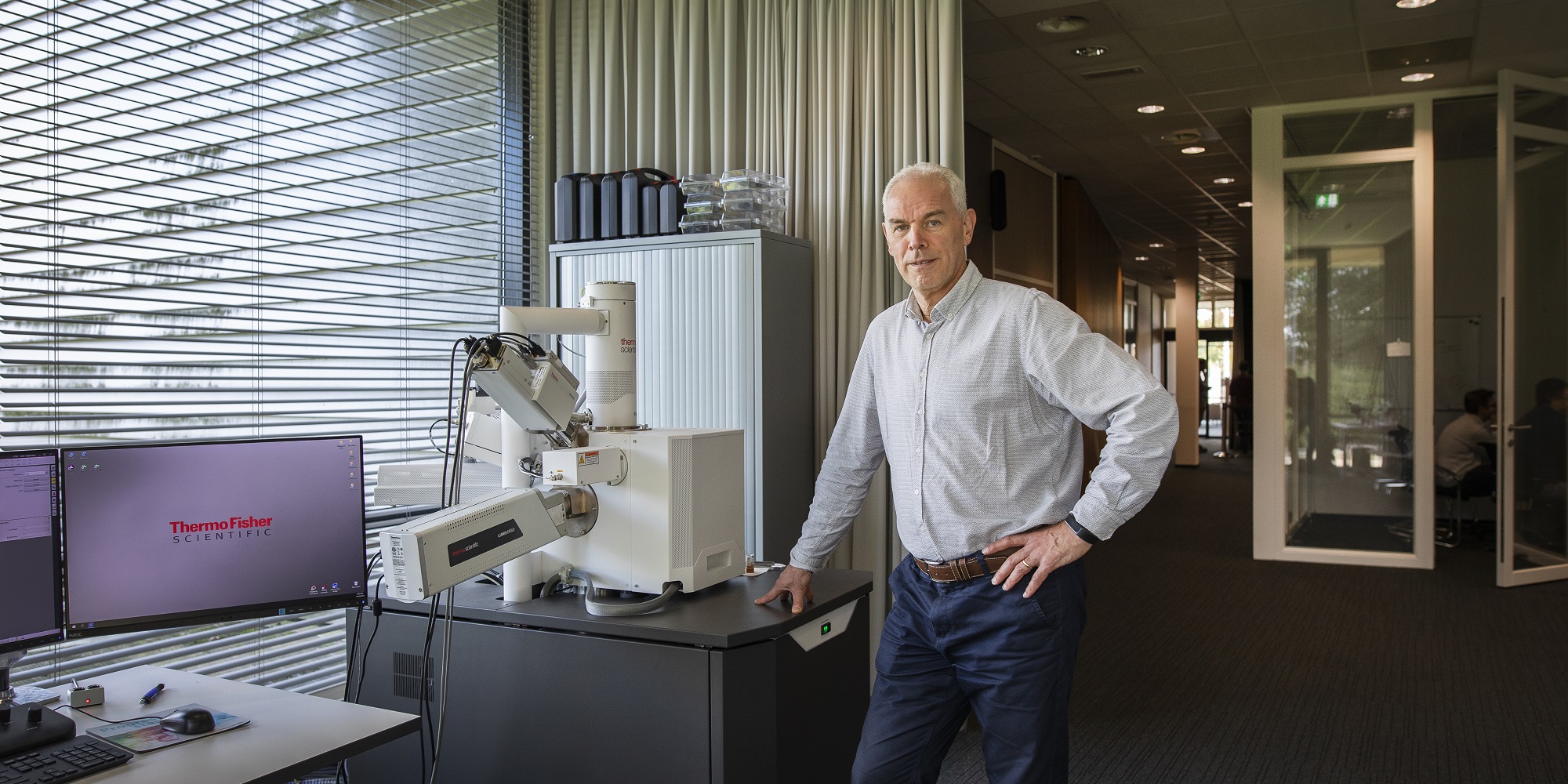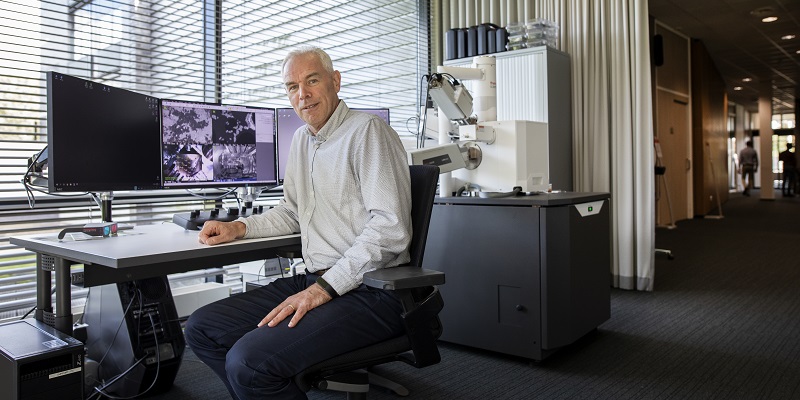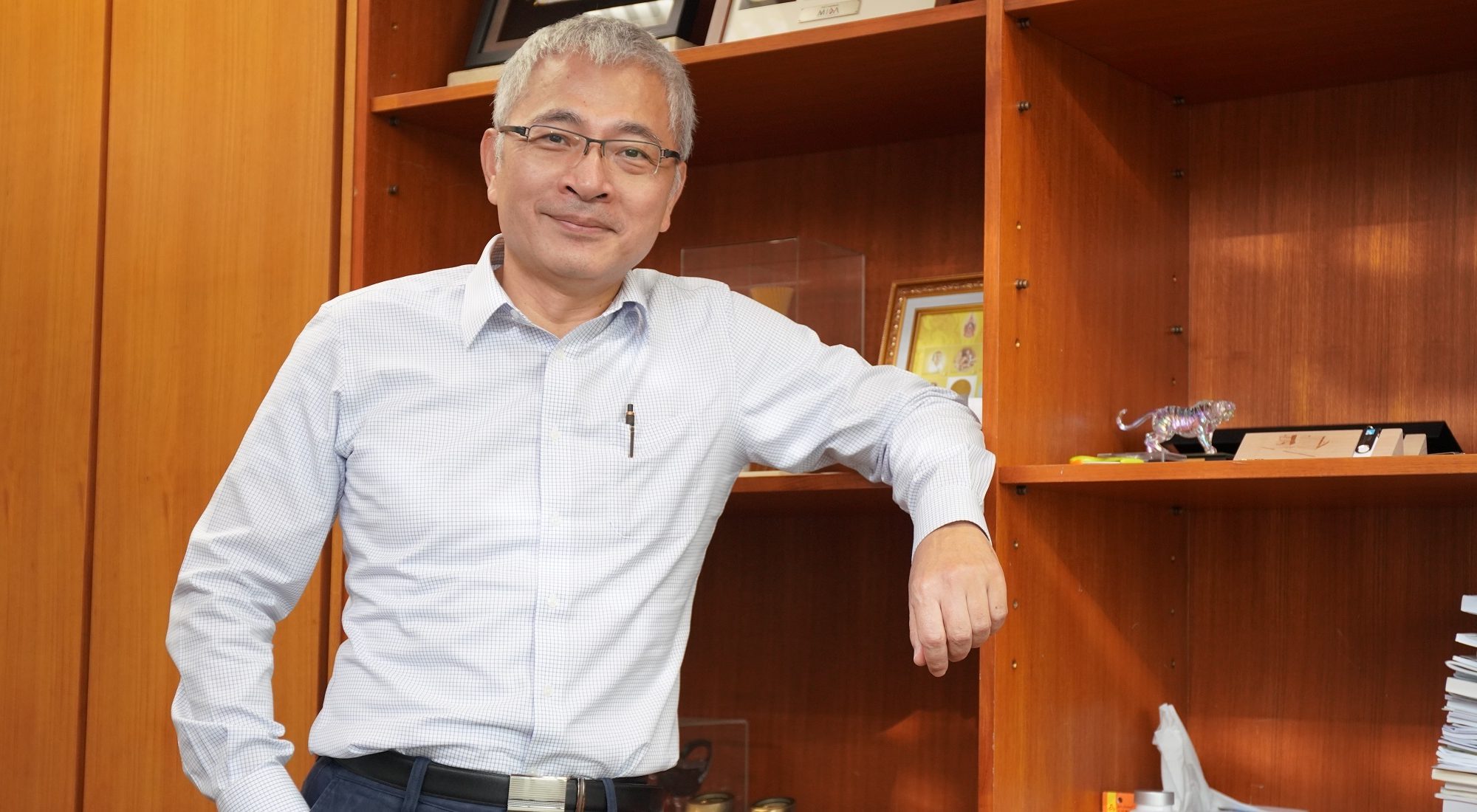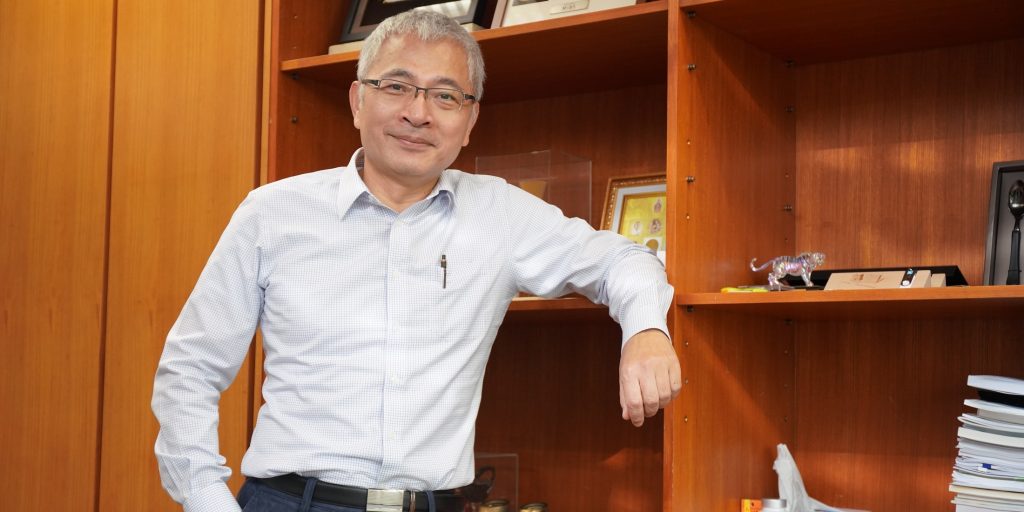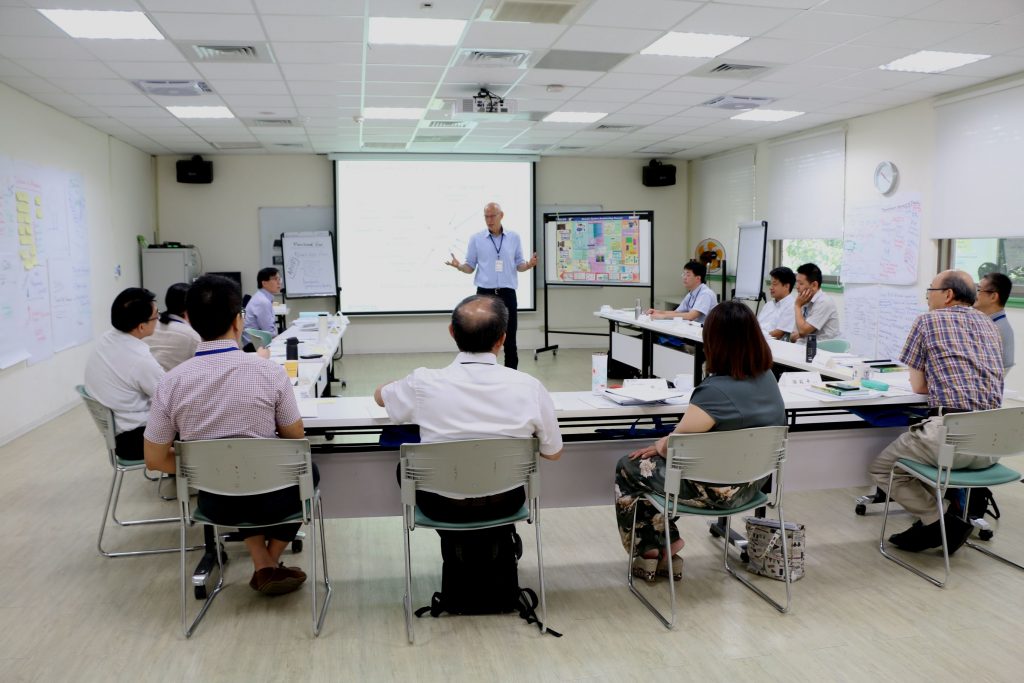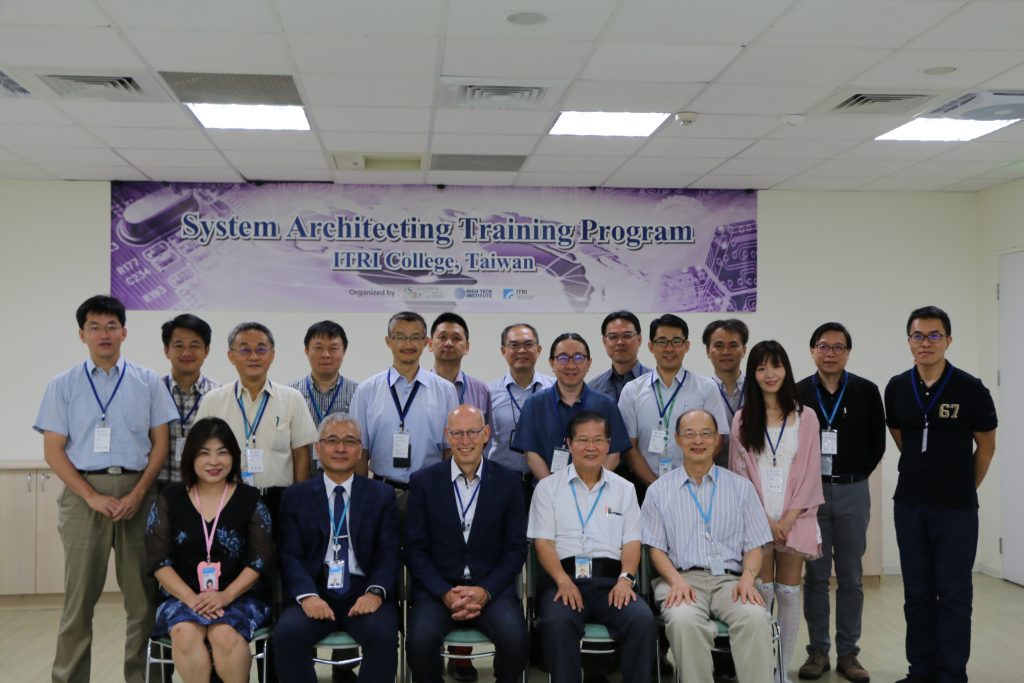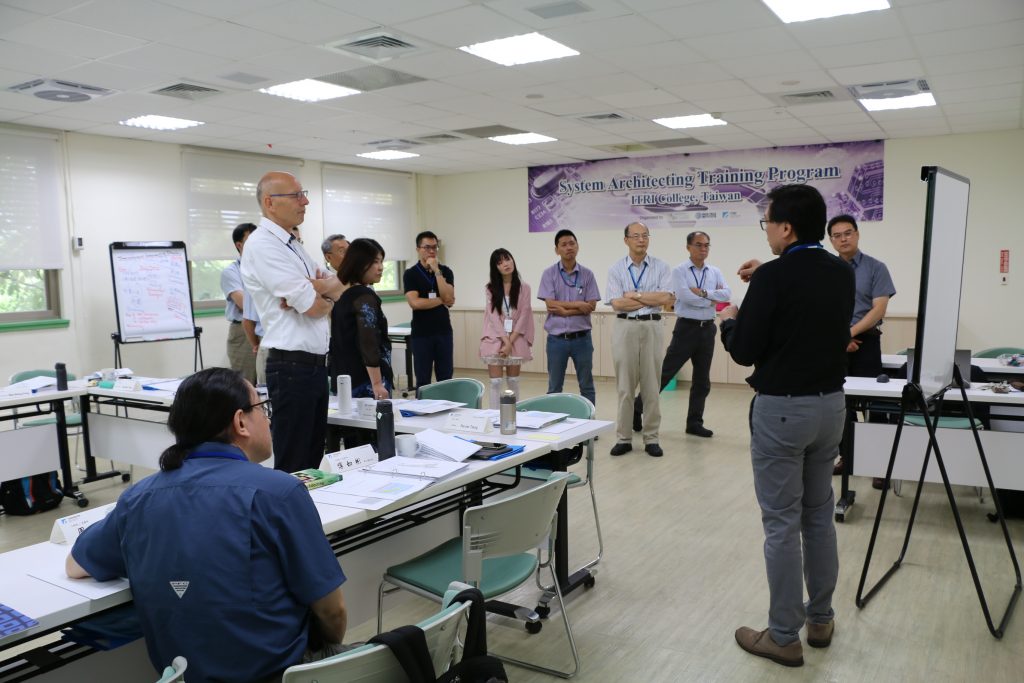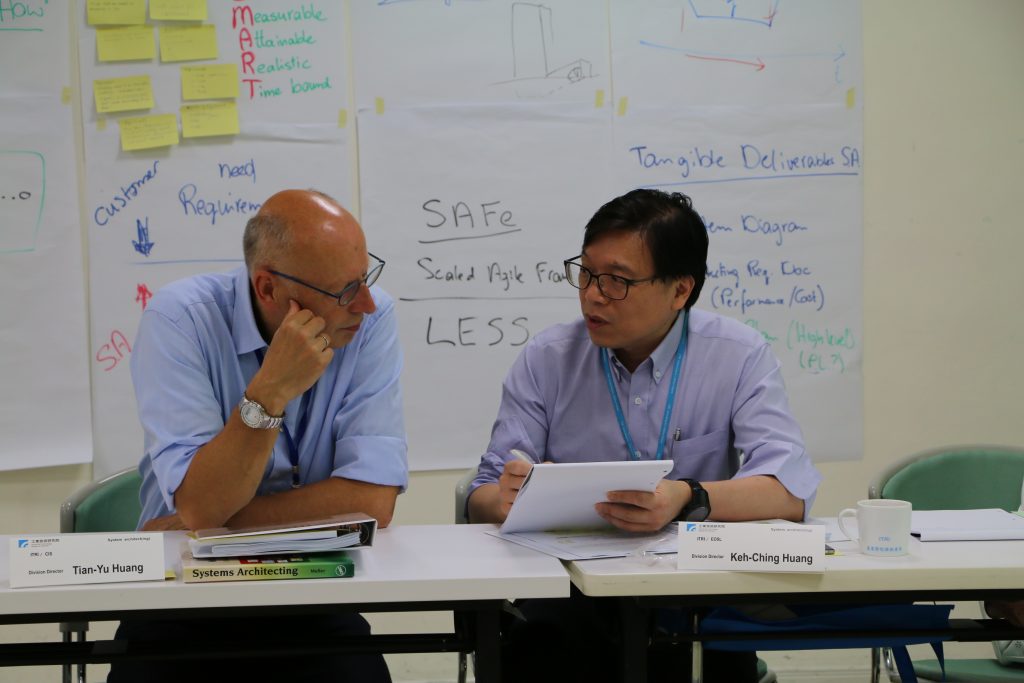The link between industry and academia is crucial for preparing the workforce of tomorrow. As industrial leaders look to TUs for advanced engineers to fill leadership roles like that of a system architect, TUE’s PDEng program answers the call by infusing personal and professional development into students with training.
The Professional Doctorate in Engineering degree (PDEng) isn’t your typical advanced degree. In fact, the program is relatively unique to the Netherlands, with only a few other countries offering similar programs. PDEng’s Dutch roots go back several decades, but in 2003 the professional doctorate got its new name and was recognized by the Bologna Declaration as a third-cycle (doctorate-level) program. Different to a PhD, the curriculum doesn’t require years of research and a lengthy dissertation, rather it’s a two-year post-master’s program aimed at elevating systems knowledge and enabling the next generation of developers by gaining valuable hands-on experience and first-hand access to industry to become a system architect.
Each year, Eindhoven University of Technology (TUE) accepts 100-120 PDEng trainees across its various programs, spanning the fields of chemical, mechanical, electrical, software and medical engineering. “We have a very stringent selection process to ensure that our programs maintain an incredibly high level,” describes Peter Heuberger, the recently retired program manager for the Mechatronics and Automotive PDEng groups at TUE. “Just to give you an idea, each of my groups has only eight people. Those 16 spots were filled out of a pool of more than 200 applications that we received from all over the world.”

Peter Heuberger: “We’re looking to build advanced engineers that will take a few steps back and adopt a helicopter view of the problem.”
'Not only are they located in the neighborhood, but their extensive pool of industry-experienced engineers and experts greatly complimented our goal of getting our trainees as close to industry as possible'
Helicopter
As technology becomes exponentially more complex, success in technical development relies heavily on teams of multidisciplined engineers working together, each doing their part to contribute. A challenge, however, is that by nature, engineers tend to focus on one area and fail to see the big picture of the whole system. “Typically, if you give an engineer a problem, they’ll jump right in and start to unscrew bolts and take things apart, focused on finding their own solution to the problem,” illustrates Heuberger. “But we’re looking to build advanced engineers that will take a few steps back and adopt a helicopter view of the problem. Not just where the problem lies, but for whom is it a problem? Will it still be a problem next year? What are the costs involved? What’s the lifetime of the product?”
So, how do TUE’s Mechatronics and Automotive PDEng programs encourage their engineers to adopt this big-picture systems approach? They turn to training – especially in the first year. “A few years ago, while we were organizing system engineering courses at the university, it became clear that we didn’t have the resources or manpower to do all the necessary training in house,” explains Heuberger. “That’s when we reached out to High Tech Institute for help in providing training courses. Not only are they located in the neighborhood, but their extensive pool of industry-experienced engineers and experts greatly complimented our goal of getting our trainees as close to industry as possible.”
“After the first week of introductions, we have the trainees jump right into the Systems Thinking course. This is where many of the trainees get their first introduction and exposure to industry, the demands of the industrial plight and specific methodologies with which to approach system engineering,” says Heuberger. After the initial training, trainees spend the next several periods honing the methods and skills they’ve learned as they train their own system-engineering approach. “For this, we take on several sample projects, given to us by industrial partners like ASML, DAF, Philips and Punch Powertrain, where trainees take on different roles, ranging from project manager and team leader to communications, configurations or test managers. These exercises add more practical tools to the training and give trainees a better grasp of the bigger picture as they gain new perspective in the essence of their work.”
'This is precisely one of the most important aspects of training, the gained awareness and perspective'
Awareness
As the Mechatronics and Automotive PDEng trainees shift into the final module of the first year, TUE again reaches out to High Tech Institute to give a training on Mechatronics System Design. “This is a really high point for our trainees nearing the end of their first year, especially those interested in mechatronics. At this stage, they learn about advanced control theory from Mechatronics Academy experts like Adrian Rankers,” depicts Heuberger. “Something that really seems to stick with them is that you don’t always need very sophisticated control theory. You need to get the job done. When looking at a problem from a smart perspective, sometimes the most basic control theory is the best fit. But of course, it might be due to the control application or to the hardware setup, for example. This is the point where it all seems to click, and they really see the big picture.”
“This is precisely one of the most important aspects of training, the gained awareness and perspective,” adds Riske Meijer, incoming director of the Mechatronics and Automotive PDEng programs. “The awareness that when you’re starting any job, you’ve got to look beyond one task and one solution, at the job as a whole. That’s what it takes to be a successful system architect in industry.”
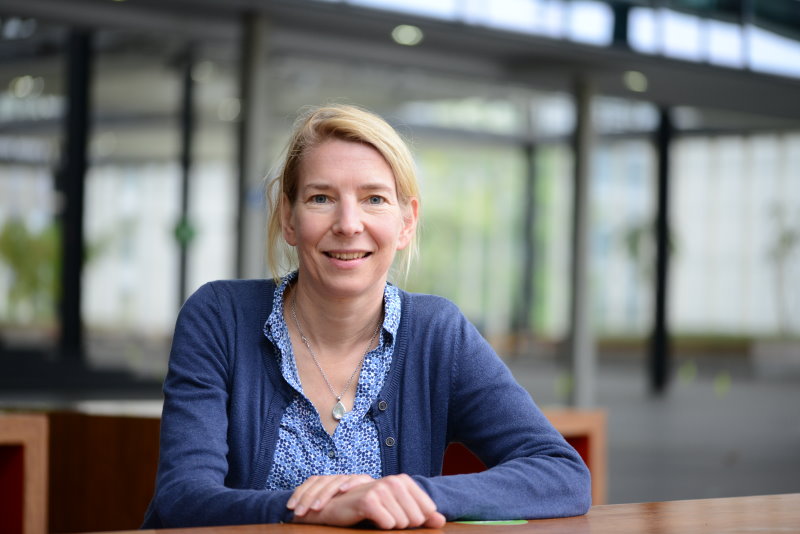
Riske Meijer: “You’ve got to look beyond one task and one solution, at the job as a whole. That’s what it takes to be a successful system architect in industry.”
Answering the call
Heuberger and Meijer will be the first to tell you, the TUE PDEng program doesn’t produce system architects but more of a system engineer. After all, there’s a big difference between leading groups of 3-5 people at university compared to leading groups of 30-50 in today’s workplace. To get to the level of a real system architect, it takes somewhere around 20 years of experience and development in the industry. However, by giving young engineers enhanced tools and real, hands-on industrial experience, TUE provides them a head start. Of course, not all trainees go on to become system architects, as not everyone is built the same. Many of them go on to find their place in other leadership roles like project management, people management or technical leads.
“Industrial partners have called on us to help produce advanced engineers beyond the master’s-degree level. They’re looking for young talent that will be able to step up as team leaders and in other leadership roles to advance the industry,” suggests Heuberger. “So that’s what we aim to do, we’re answering the call of industry and preparing future engineers, team leaders, project managers and system architects to fill those needs.”
This article is written by Collin Arocho, tech editor of Bits&Chips.
Recommendation by former participants
By the end of the training participants are asked to fill out an evaluation form. To the question: 'Would you recommend this training to others?' they responded with a 8.9 out of 10.
